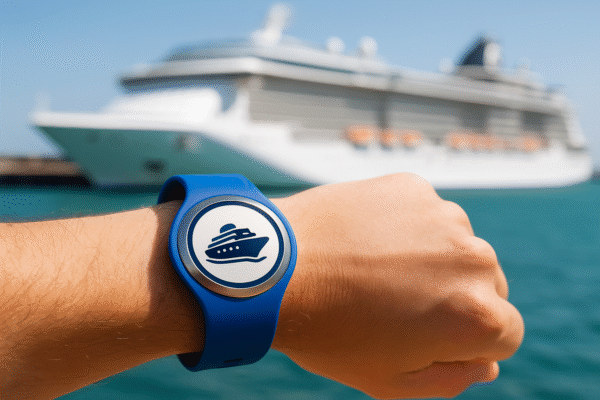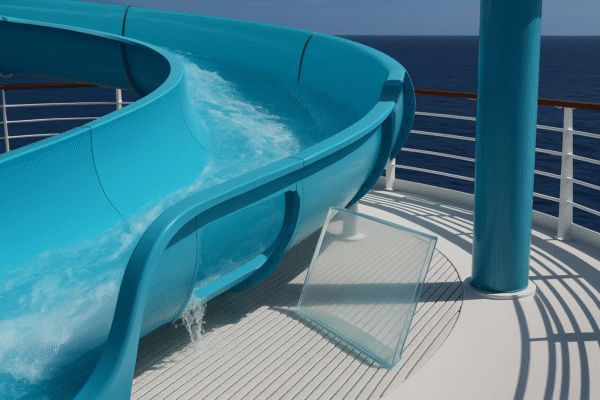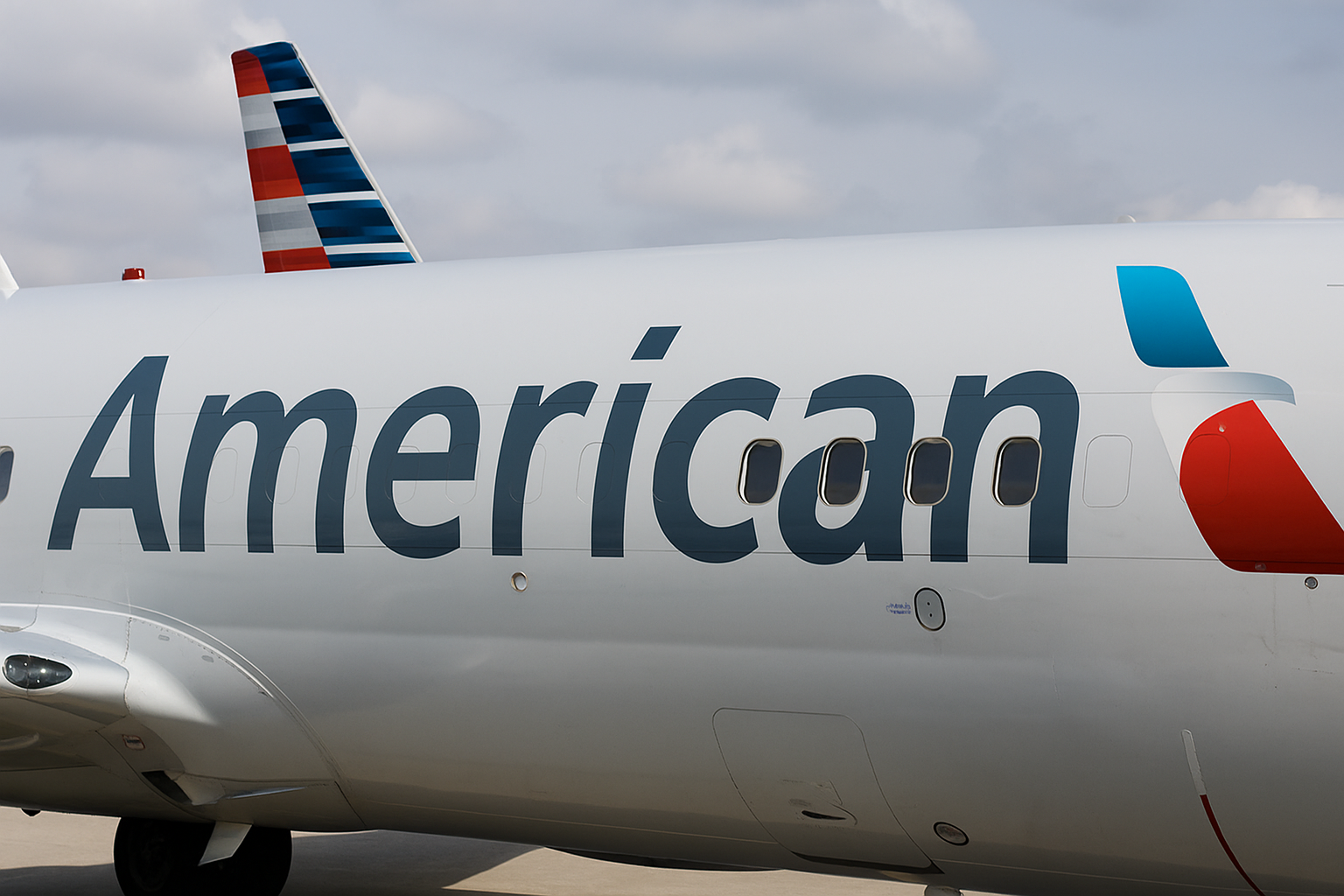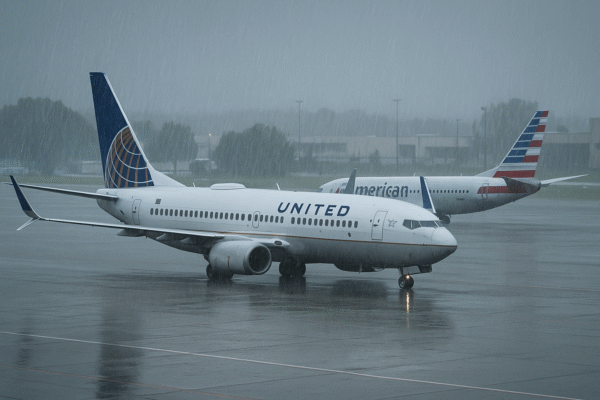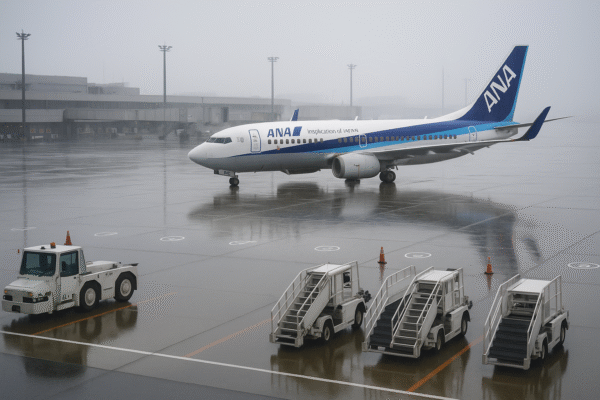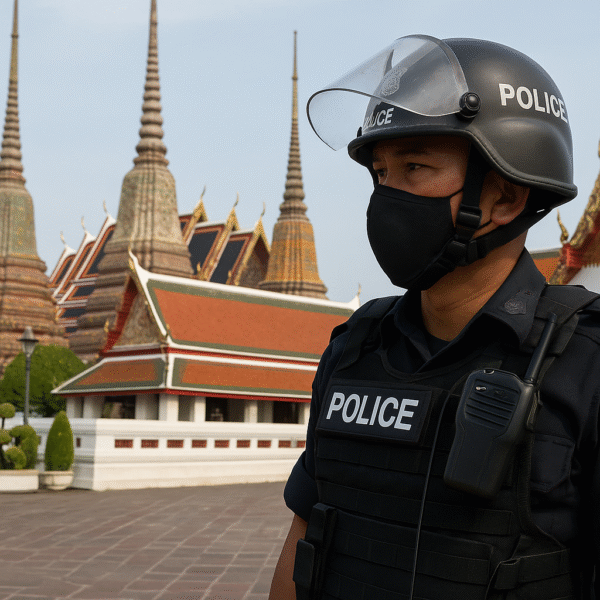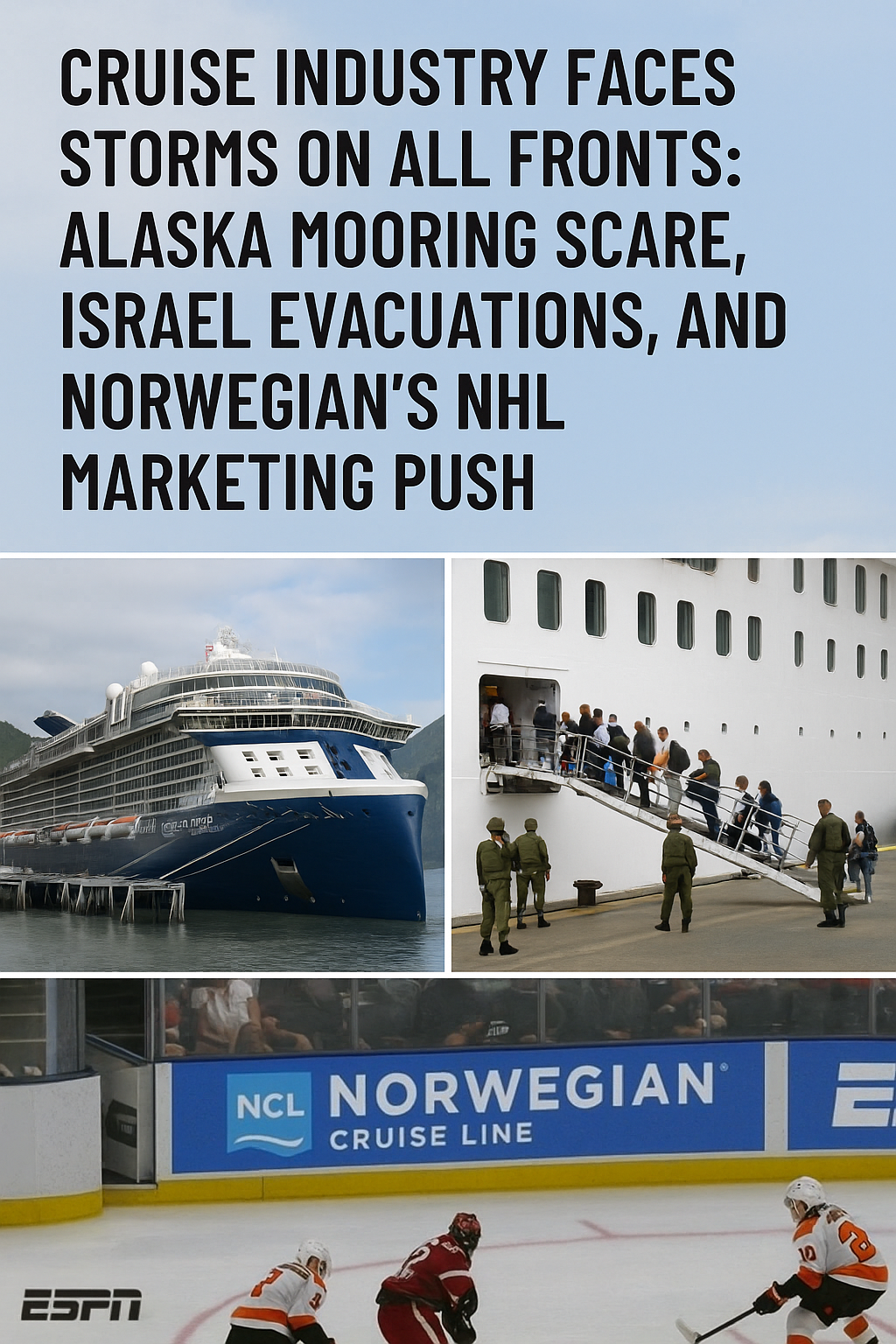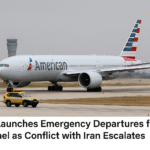Cruise Industry Battles Perfect Storm: Climate, Conflict, and Creative Strategy Collide in 2025
The global cruise industry is facing a trifecta of turbulence this season, navigating everything from natural disasters and geopolitical emergencies to unexpected marketing innovations. With a dramatic mooring incident in Alaska, emergency evacuations in the Middle East, and Norwegian Cruise Line’s surprise partnership with the NHL during the Stanley Cup Finals, the cruise world is under intense scrutiny—and demonstrating remarkable adaptability.
These three events—each major in its own right—paint a larger picture of a sector under pressure, evolving fast to meet challenges posed by environmental shifts, regional instability, and post-pandemic consumer engagement.
High Winds Dislodge Celebrity Ship in Alaska
On June 16, the port of Juneau, Alaska, became the stage for a near-crisis when gale-force winds caused the Celebrity Edge to break free from its moorings. The ship, docked alongside four other cruise liners, briefly drifted into open waters, risking collision in a congested harbor.
Thanks to rapid intervention by the crew and port authorities, the ship was safely resecured. No injuries or damage were reported, and the vessel continued its voyage after several hours.
This incident is part of a rising trend. Recent NOAA data confirms that wind-related mooring failures have increased across North American ports over the past 12 months, driven by erratic weather patterns and warming Arctic air currents. Juneau, now a hotspot for Alaska-bound luxury cruises, is among several ports reassessing infrastructure resilience amid these challenges.
Port authorities across Alaska and British Columbia are now prioritizing climate-adaptive upgrades—including reinforced bollards and automated emergency release systems—to prevent repeat incidents.
From Leisure to Lifeline: Crown Iris Evacuation in Israel
While Alaska grappled with climate concerns, the Eastern Mediterranean saw a cruise ship take on an unexpected role in a geopolitical crisis.
As conflict escalated between Israel and Iran in mid-June, the Crown Iris, operated by Mano Maritime, was mobilized to evacuate 1,500 participants from the Birthright Israel program. With ports and airports facing operational uncertainties, the ship became a floating sanctuary, transporting passengers from Ashdod to Cyprus under naval escort.
Many onboard were first-time international travelers, and the evacuation marked one of the most logistically complex cruise-based rescue missions since the early days of the COVID-19 pandemic.
Florida’s emergency coordination teams and U.S. diplomatic staff in the region provided immediate charter flights once the evacuees landed safely in Limassol. The mission highlighted the agility of cruise vessels to serve as emergency transport infrastructure—raising discussions at the IMO (International Maritime Organization) about formalizing the role of cruise ships in civilian evacuation planning.
Norwegian Cruise Line Makes Waves in the NHL
In a completely different arena, Norwegian Cruise Line (NCL) took a bold step into sports marketing by placing digital ads throughout the NHL Stanley Cup Finals, broadcast by ESPN and TNT. With games played between the Florida Panthers and Edmonton Oilers, the exposure was enormous—and intentional.
This marks a first-of-its-kind marketing strategy by a major cruise line, targeting a younger demographic often overlooked in traditional cruise advertising. The campaign spotlighted Caribbean itineraries and modern onboard experiences, aiming to reposition cruising as an adventure-forward, youthful experience.
Early results suggest the move is paying off. Social media engagement for NCL surged 18% during the campaign window, and web searches for Caribbean cruises spiked, particularly among Gen Z and Millennial users.
Industry Under Pressure: Conflict, Climate, and Confidence
But even with bold marketing wins, the cruise sector is not immune to broader instability. Following the mooring scare in Alaska and the evacuation from Israel, stock prices across the industry dipped. On June 18:
- Norwegian Cruise Line fell 2% to $18.13
- Carnival posted minimal movement
- Royal Caribbean remained flat
Analysts cite a mix of geopolitical risks, rising fuel costs, and insurance premiums as the main drivers of investor concern.
The Middle East conflict, in particular, has triggered a wave of itinerary overhauls. Cruise lines like MSC, Royal Caribbean, and Carnival have suspended stops in Haifa and Ashdod, rerouting vessels around the Cape of Good Hope rather than passing through the Suez Canal. These changes add thousands of nautical miles and millions in operational costs, prompting insurance underwriters to double premiums for vessels entering risk-prone regions.
Future Outlook: Innovation Amid Instability
As 2025 progresses, cruise operators are recalibrating strategies for both safety and sustainability. Key shifts include:
- Investment in AI and satellite weather tech for real-time route adjustments
- Expanded contingency protocols for evacuations and medical emergencies
- Flexible refund and rebooking policies to ease consumer concerns
- Dynamic marketing that reflects changing traveler expectations
Tourism boards and port authorities are also reassessing infrastructure needs, especially in climate-vulnerable zones. From Alaska’s unpredictable winds to Mediterranean war zones, smooth sailing can no longer be assumed.
For travelers, the cruise experience remains appealing—but requires heightened awareness. The age of carefree voyaging is giving way to one of cautious adventure, where resilience and readiness define both the operator and the passenger.
Conclusion
The events of June 2025 serve as a sobering reminder: cruise ships may float on leisure, but they navigate real-world challenges. Whether averting disaster in Alaska, saving lives in Israel, or rebranding on the NHL stage, the industry is demonstrating adaptability in a complex, high-stakes world.
As seas grow less predictable, the ships that can steer confidently through storms—literal and figurative—will set the course for the future of global travel.
For more travel news like this, keep reading Global Travel Wire

